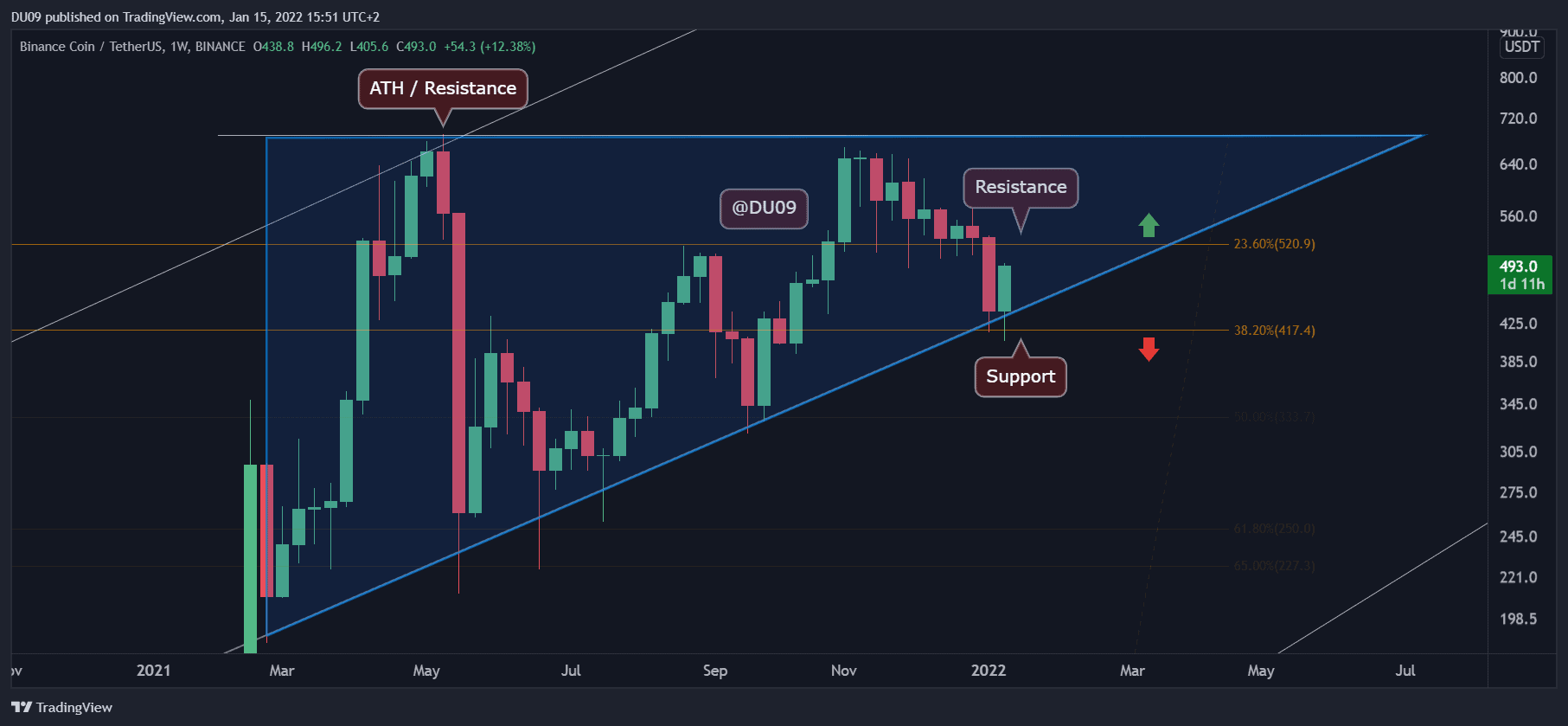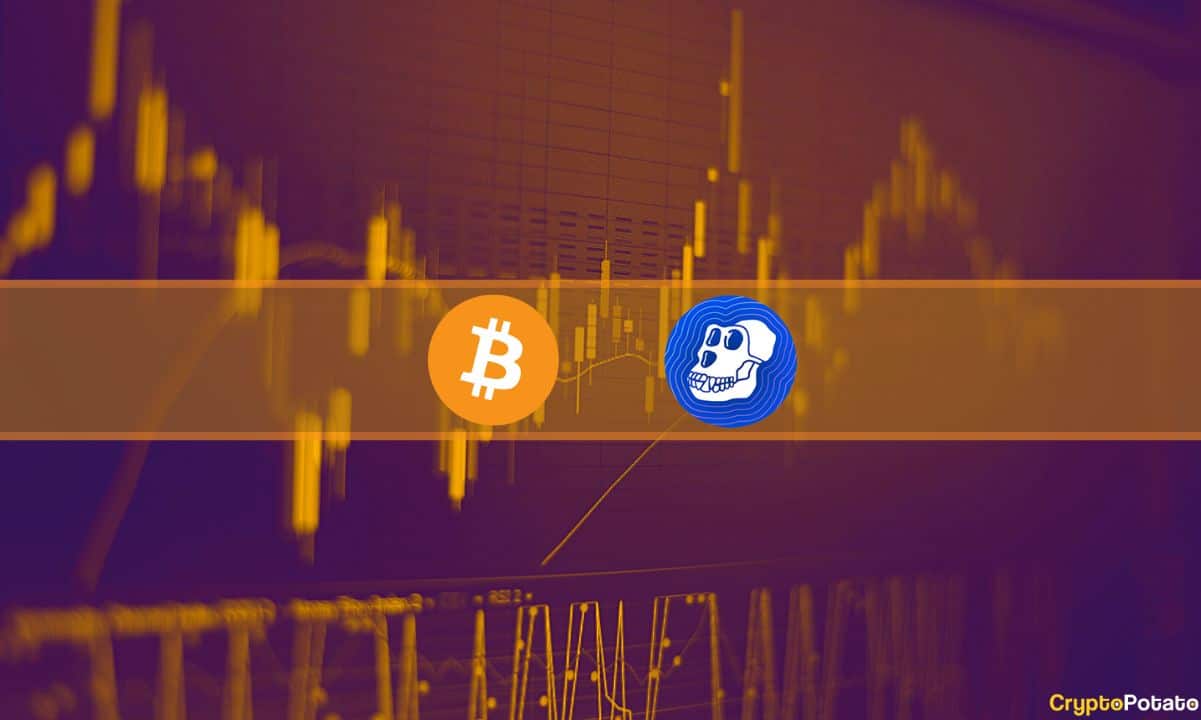Macroeconomic Factors to Blame for Crypto Crash With More Pain Likely to Come: Coinbase Report
It comes as no surprise that worsening macro-factors have been the cause of the current crypto bear market. However, Coinbase confirmed the notion in a blog post on July 5, adding that the other third was caused by a weakening outlook for cryptocurrencies.
Coinbase noted that the correlation between crypto and traditional markets has risen sharply since 2020. This was also the year when pandemic-induced lockdowns were enforced across the globe.
“Thus, the market expects crypto assets to become more and more intertwined with the rest of the financial system.”
Crypto asset risk profile is similar to commodities such as oil and tech stocks, it added.
More Macro Pain Ahead
Crypto markets are currently down around 70% from their all-time high in November. This is nothing new for a bear market that has previously seen drawdowns of over 80%.
However, the major difference with this cycle is that it has been influenced by macroeconomic factors and could be the first one when the U.S. is in recession.
A recession is determined by two consecutive quarters of negative GDP (gross domestic product) – the monetary value of all the finished goods and services produced within a country’s borders.
In Q1, the U.S. GDP was -1.6%, the figure for Q2 will be released on July 28 by the Bureau of Economic Analysis (BEA), and it is not expected to be any better. A recession is bad news for crypto markets, as is galloping inflation.
June’s inflation rate or consumer price index (CPI) will be released by the U.S. Bureau of Labor Statistics on July 13, and it has been predicted at 8.7%, worse than May’s 8.6%. This squeezes spending and investing, especially for high-risk assets such as crypto.
Rising Rates and Recession
Additionally, the Fed is expected to increase rates again this later month which also discourages lending and borrowing and encourages saving in traditional finance avenues. Those with debts will have to pay more back, further pressuring the amount of money available for investing.
Coinbase noted that the current situation is similar to what happened during the 2000–2001 dot-com recession. The S&P 500 declined 29%, but the riskier Nasdaq composite index, composed primarily of tech stocks, dumped 70% from peak to trough.
Therefore, there could be darker clouds ahead for crypto markets, which are unlikely to clear until those macroeconomic factors are back at relatively normal levels.








